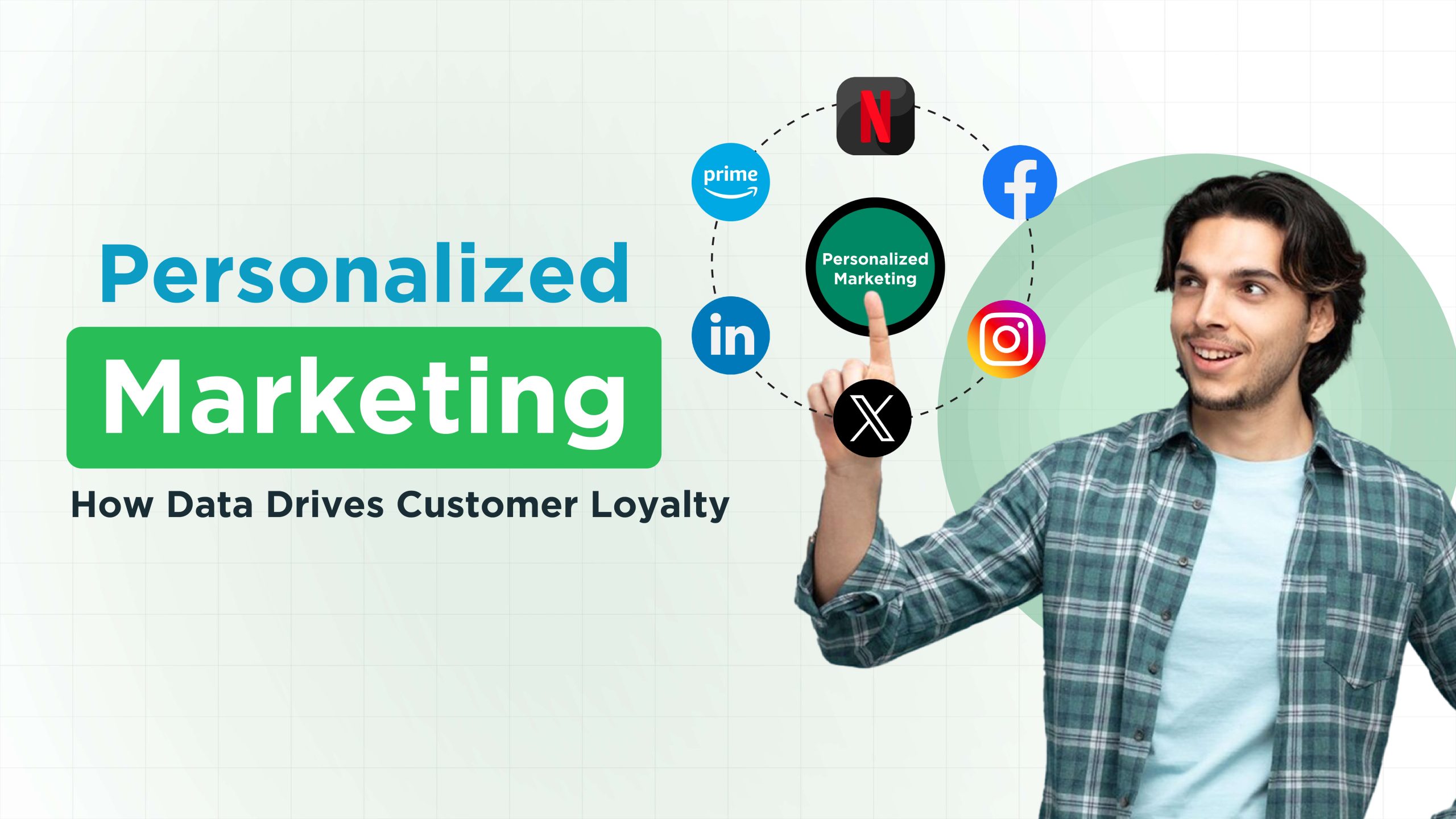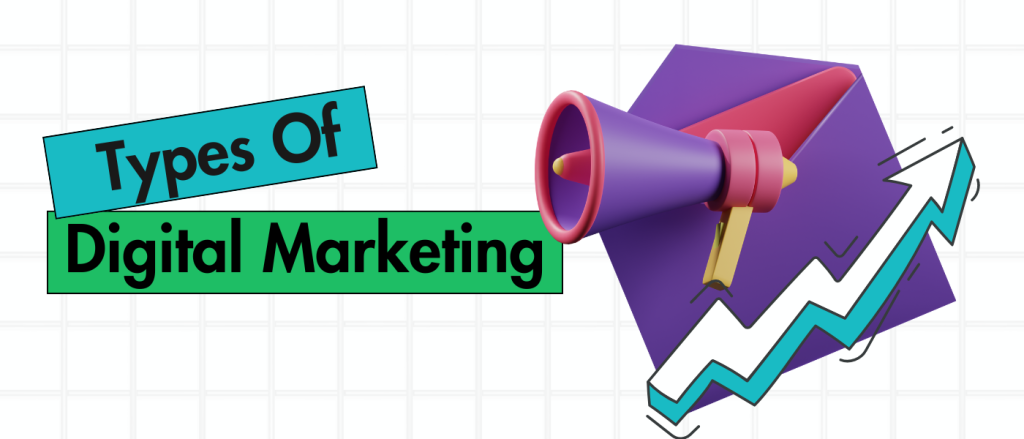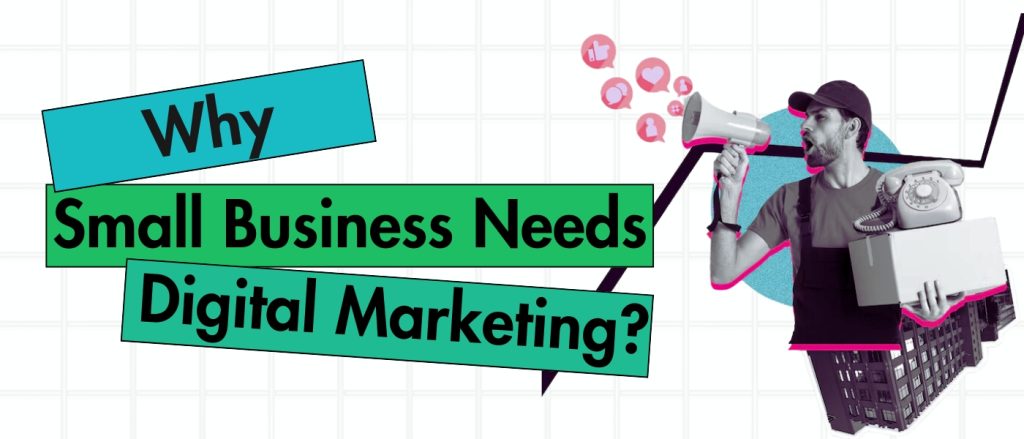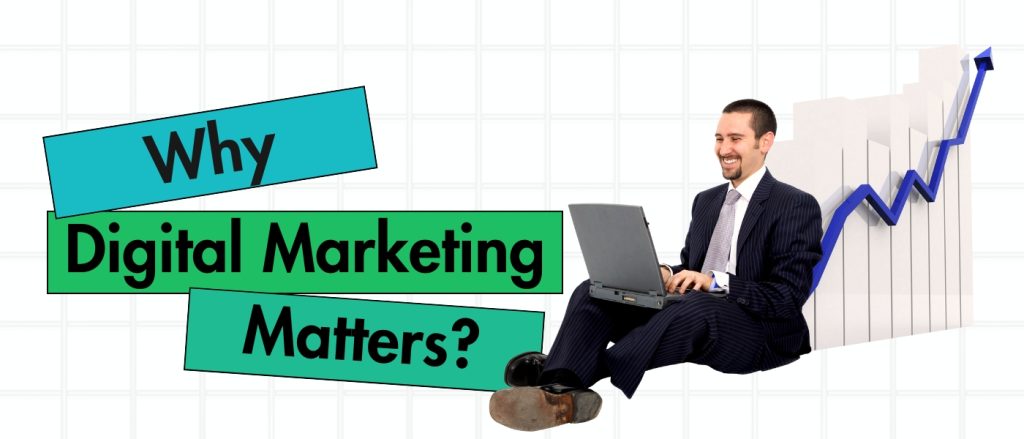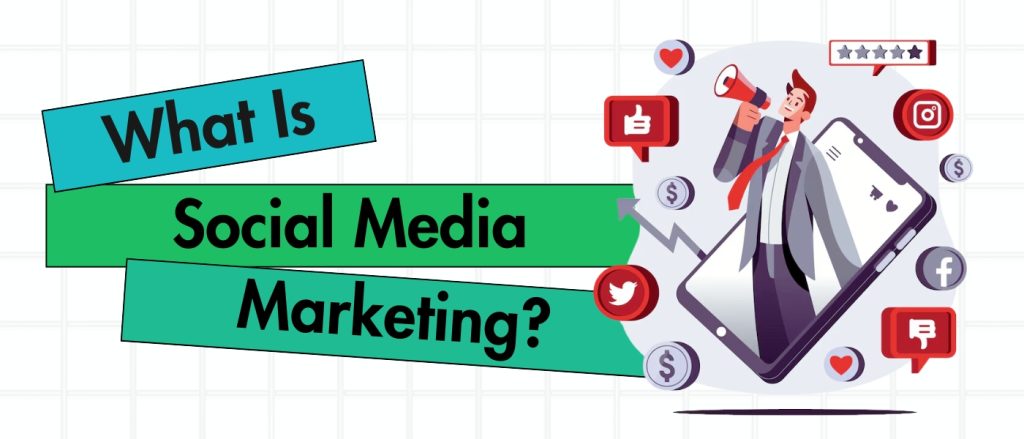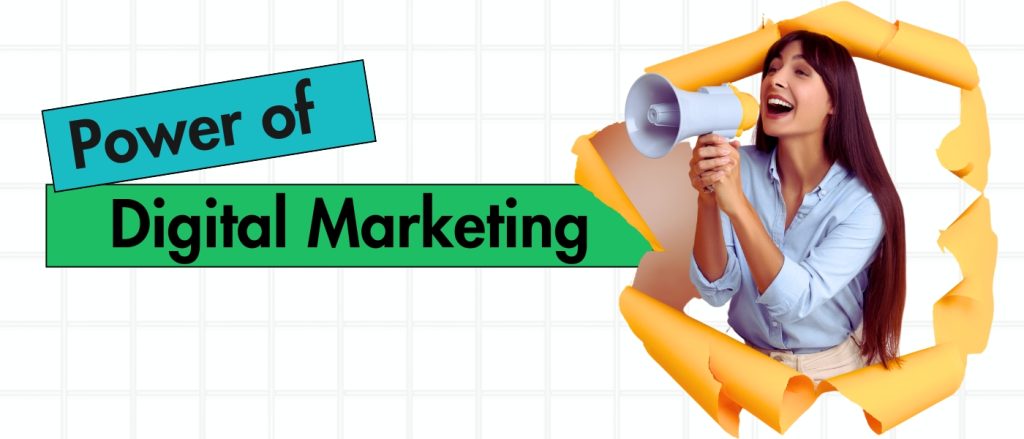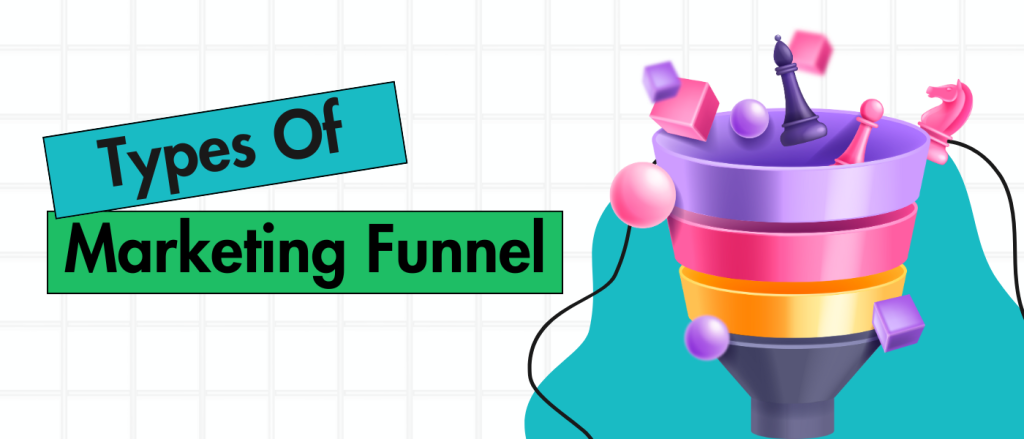Personalized Marketing: How Data Drives Customer Loyalty
In the hyper-competitive market, most brands use personalized marketing to know their target customers more deeply. When traditional advertising helps you to get customers, but personalized marketing will help you to retain your customers.
Apart from that this marketing strategy is a strategic practice of using data insights to deliver tailored experiences, messages, and offers to individual consumers or specific audience segments. It moves beyond broad demographics to leverage nuanced understanding, making interactions feel less like a sales pitch and more like a helpful conversation. If we see the number, according to Instapage, 91% of consumers prefer to shop from those brands that recognize, remember, and provide relevant offers and recommendations.
So, when done right, it fosters a sense of being seen and valued, which is the bedrock of customer loyalty.
From Megaphone to Magnet: The Evolution of Marketing
Think back just a couple of decades. Marketing largely relied on the “megaphone” approach: broadcasting the same message to the largest possible audience through mass media like television, radio, and print. This is one part of the traditional marketing. So, back then, success was often measured by reach, not resonance. While this created brand awareness, it was inherently inefficient and impersonal.
But the digital revolution changed everything. The rise of the internet, social media, mobile devices, and e-commerce created unprecedented opportunities to collect and analyze customer information.
Suddenly, marketers could track clicks, view purchase histories, monitor social interactions, and gather direct feedback. This data explosion paved the way for a more targeted, “magnet” approach – drawing customers in with experiences specifically designed for them.
Understanding the Types of Customer Data
Effective personalization isn’t magic; it’s fueled by a rich understanding derived from various data sources. Collecting and integrating these different types of data provides a holistic view of the customer:
- Demographic Data: The basics – age, gender, location, income level, education, occupation. While foundational, relying solely on demographics offers limited personalization potential.
- Behavioural Data: This is where things get interesting. It includes website activity (pages visited, time spent, clicks, search queries), app usage, email engagement (opens, clicks), social media interactions (likes, shares, comments), and content consumption patterns. Example: A user repeatedly Browse hiking backpacks on an outdoor gear website signals a specific interest.
- Transactional Data: Information related to past purchases, including frequency, monetary value (RFM analysis), products bought, abandoned carts, returns, and subscription status. Example: Identifying a customer who frequently buys premium coffee beans allows for targeted offers on new roasts or brewing equipment.
- Contextual Data: Real-time information like the user’s current device (mobile vs. desktop), browser type, time of day, or even current weather conditions at their location. Example: Showing lighter jacket options to a user Browse from a location experiencing warm weather.
- Preference Data: Information explicitly shared by the customer, such as through preference centers, surveys, quizzes, or account settings. This is highly valuable as it comes directly from the source. Example: A customer indicating their preferred clothing styles (e.g., casual, formal) in their profile.
Why Personalization Breeds Loyalty
How exactly does showing someone relevant content turn them into a loyal advocate? The connection lies in the psychological impact and improved customer experience:
- Feeling Understood and Valued: When marketing feels personally relevant, customers feel like the brand “gets” them. This fosters a positive emotional connection, moving the relationship beyond purely transactional. They feel less like a number and more like an individual whose needs are acknowledged.
- Reduced Friction and Cognitive Load: Personalized experiences streamline the customer journey. Relevant recommendations save time searching, tailored offers eliminate the need to sift through irrelevant promotions, and customized content makes information easier to digest. This ease of interaction enhances satisfaction.
- Increased Relevance, Less Noise: In a world saturated with marketing messages, relevance cuts through the clutter. Customers are more likely to engage with content that speaks directly to their interests or solves their specific problems, making them more receptive to the brand’s communications.
- Enhanced Customer Experience: Every personalized touch point contributes to a more positive overall experience. From a relevant email to a helpful product suggestion, these moments build goodwill and differentiate the brand from competitors offering generic interactions.
- Building Habits and Anticipation: Consistently delivering value through personalization (like Spotify’s weekly tailored playlist or Amazon’s accurate recommendations) can become something customers look forward to, integrating the brand into their routines and strengthening loyalty.
Real-World Examples of Data-Driven Loyalty:
Every day we experience personalization marketing in our day-to-day life. From the brands we love to the global names we trust, customers feel almost intuitive. Whether it’s a customized product recommendation, a targeted discount, or a timely notification, data-driven strategies are quietly shaping our choices and strengthening our loyalty.
Let’s explore some insights:
Amazon
Amazon is often hailed as a master of data-driven loyalty. At the heart of Amazon’s loyalty strategy is a deep, almost seamless use of customer data to anticipate needs, solve problems, and deliver value at every touchpoint.
One of Amazon’s most powerful tools is personalized recommendations. Using sophisticated algorithms that track browsing history, purchase behavior, search queries, and even the time spent on certain products, Amazon curates product suggestions tailored specifically to each customer. This not only boosts sales but also builds a sense of personal connection — customers feel understood without ever speaking to a salesperson.
Amazon Prime, the company’s flagship loyalty program, is another data-driven innovation. By analyzing customer preferences and shopping patterns, Amazon designed Prime to offer benefits — such as free shipping, exclusive deals, and streaming services — that match the lifestyle and needs of its most active users. Prime members tend to spend significantly more than non-members, largely because the membership continuously reinforces its value based on individual behaviour and preferences.
Moreover, the brand leverages predictive analytics to improve logistics and inventory management. In some cases, products are moved closer to customers’ locations even before an order is placed, reducing delivery times and enhancing satisfaction. Quick, reliable service — driven by predictive insights — is a major factor in fostering long-term loyalty.
Finally, they use customer feedback loops to ensure they keep improving the user experience. Reviews, ratings, and even the smallest browsing behaviors are captured, analyzed, and fed back into the system to refine algorithms and better serve customers in the future.
Netflix
Netflix isn’t just good at recommending your next binge — it might know you better than your own friends. Netflix’s loyalty strategy is pure data magic. Every click, every pause, every “Are you still watching?” moment is quietly feeding their algorithm.
Netflix uses this data to create hyper-personalized experiences. The laser-focused personalization makes users feel seen (and mildly called out), creating a subtle but powerful loyalty: why leave when Netflix knows your oddly specific tastes?
They also master the art of the cliffhanger. By analyzing viewer habits, they know exactly when to drop that irresistible “Next Episode” button, pulling you deeper into the abyss of “just one more.”
And let’s not forget Netflix Originals. By studying which genres and actors audiences adore, Netflix produces custom content that feels like it was made just for you — because, well, it kind of was.
In short: Netflix doesn’t just stream shows. It streams loyalty — one highly personalized, slightly judgmental recommendation at a time.
Starbucks
Starbucks isn’t just serving coffee — it’s brewing loyalty, one data point at a time. You think you’re just grabbing a latte, but behind that simple swipe of your Starbucks app, an army of algorithms is working to understand your caffeine soul.
The Rewards program is the real MVP here. Every time you order your “grande, half-caf, soy milk, two-pump vanilla, extra hot, no foam latte” (yes, they remember everything), Starbucks collects valuable insights — what you buy, when you buy it, and even which store you crawl to when you’re barely awake.
Using all this, they send you personalized offers that feel almost psychic: “Double Stars if you visit between 2–5 PM today!” — just when you’re hitting that afternoon slump.
Coincidence? Never.
Their mobile app sweetens the deal further. It tracks your favorite orders, suggests new drinks based on your habits, and makes it ridiculously easy to pay, order ahead, and skip the line — because Starbucks knows loyalty often runs on caffeine and convenience.
By turning data into personalized rewards, promotions, and pure ease, Starbucks doesn’t just sell coffee. It sells a perfectly timed, deeply personal caffeine experience — and let’s be honest, that’s harder to quit than coffee itself.
And then there’s the simple yet powerful touch: writing your name on the coffee cup. This small act of personalization creates an emotional bond between Starbucks and its customers, making each experience feel personal and special. It’s not just about the coffee — it’s about being seen and recognized. This thoughtful strategy has helped Starbucks spark countless moments of joy, connection, and ultimately, word-of-mouth buzz that no marketing campaign could ever fully replicate.
Challenges and Considerations
Personalized marketing can feel like magic when done right — but behind the scenes, it’s a high-wire act that requires precision, ethics, and technical mastery. Brands chasing the loyalty boost of personalization must also navigate some serious challenges:
Data Privacy and Security
Winning customer trust is everything. With strict regulations like GDPR and CCPA, brands must collect, store, and use data responsibly. A single breach or misuse can shatter years of brand loyalty in an instant. Transparency, consent management, and robust cybersecurity practices are no longer optional — they’re survival essentials.
The “Creepy” Factor
Personalization should feel helpful, not unsettling. Overstepping — like referencing obscure browsing history or personal conversations — can make customers feel watched rather than valued. Brands must strike the right balance: know enough to be useful, but not so much that it triggers discomfort.
Data Silos and Integration Challenges
Customer data often lives in scattered systems — CRM databases, e-commerce platforms, point-of-sale software, email marketing tools. Without integration, you’re flying blind. Creating a single, unified customer view demands major investment in technology, cross-team collaboration, and sometimes, a full digital transformation.
Technology and Expertise Gap
Sophisticated personalization requires more than just good instincts; it demands powerful MarTech stacks, AI-driven analytics, and teams skilled in data science, behavioral analysis, and automation. For many organizations, bridging this gap means ongoing investment in both tech infrastructure and talent development.
Maintaining Data Quality
Personalization is only as good as the data behind it. Inaccurate, outdated, or duplicate records lead to embarrassing errors — like promoting winter coats to someone living in tropical weather. Continuous data cleansing, validation processes, and real-time updates are critical to ensuring your personalization efforts actually feel… personal.
The Future is Hyper-Personalized Marketing
The future of customer loyalty is not just personalized — it’s hyper-personalized. As technology continues to evolve, the connection between brands and customers will grow even deeper and smarter. Powered by advancements in Artificial Intelligence (AI) and Machine Learning (ML), businesses are moving beyond basic segmentation toward real-time, one-to-one personalization that feels almost effortless.
Predictive analytics will enable brands to anticipate customer needs before they even arise, creating experiences that are not just reactive but proactively tailored. At the same time, the drive for omnichannel consistency will ensure that whether a customer is shopping online, scrolling through a mobile app, visiting a store, or speaking with customer service, the experience will feel seamless and deeply personal. In this new era, personalization won’t be a bonus — it will be the baseline for meaningful customer loyalty.
Conclusion:
Customer loyalty isn’t bought; it’s earned through consistent value delivery and genuine connection. Personalized marketing, powered by the intelligent use of customer data, is the most effective way to achieve this. By moving beyond generic messaging and demonstrating a true understanding of individual needs and preferences, businesses can transform fleeting transactions into enduring relationships.

